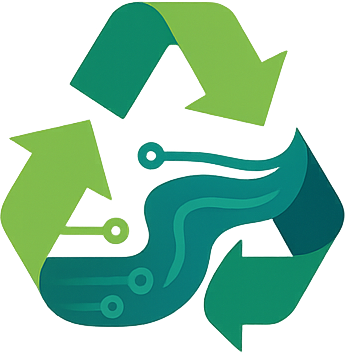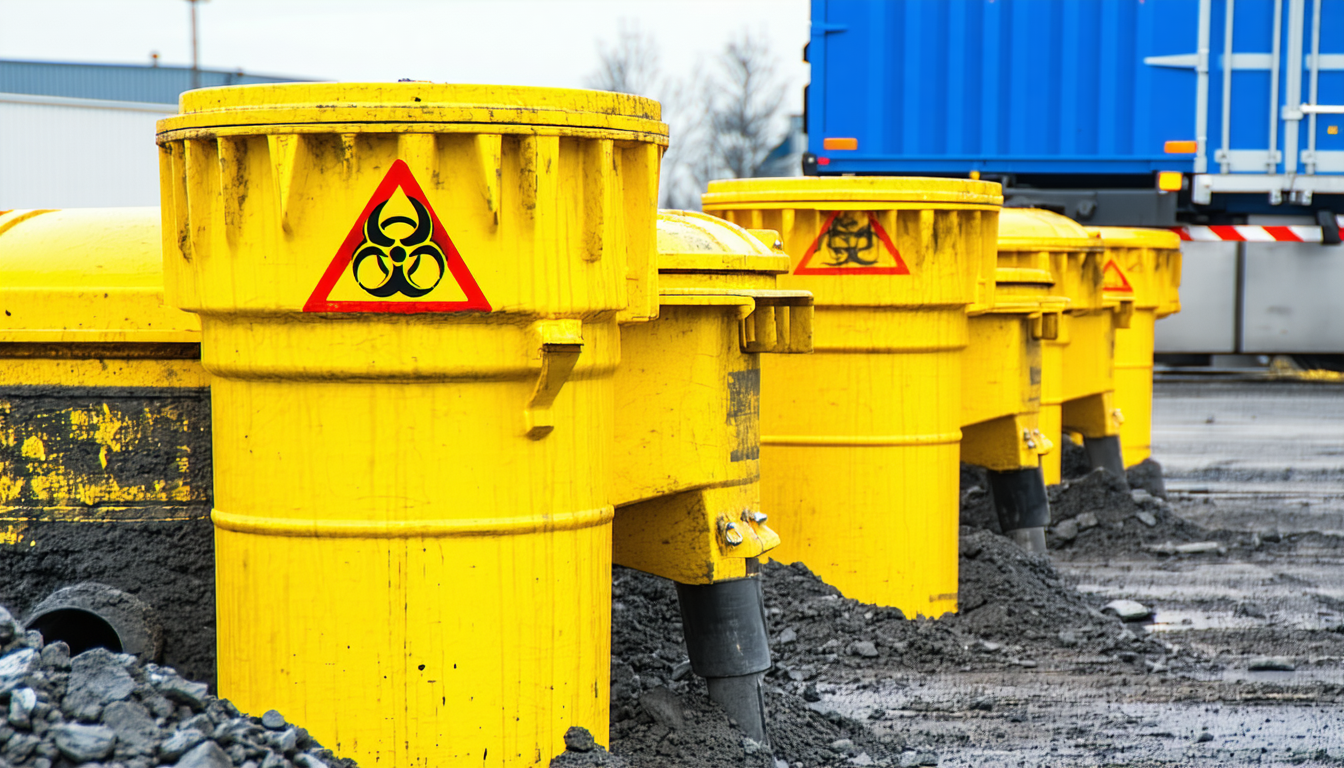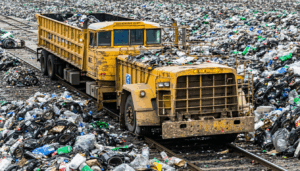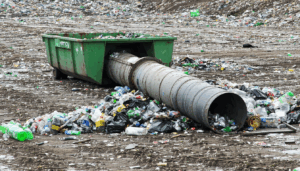Introduction
In the United States, the safe management of biohazardous waste has become a pressing concern as healthcare facilities, research labs, and industries generate increasing volumes of potentially dangerous materials. From contaminated sharps to infectious medical waste, improper disposal poses significant risks to public health and the environment. This article explores the latest developments in biohazardous waste disposal across the nation, including new regulations, innovative technologies, and their broader implications. As the demand for sustainable and secure solutions grows, stakeholders are stepping up to address these critical challenges.
Evolving Regulations for Biohazardous Waste Disposal
The U.S. Environmental Protection Agency (EPA) and the Department of Transportation (DOT) have recently tightened guidelines for handling biohazardous waste to ensure safety and compliance. In 2023, the EPA updated its standards under the Resource Conservation and Recovery Act (RCRA), mandating stricter tracking of hazardous medical waste from generation to final disposal. These changes aim to prevent illegal dumping and accidental exposure, which have been documented in several states over the past decade.
According to the Centers for Disease Control and Prevention (CDC), approximately 6 million tons of medical waste are generated annually in the U.S., with a significant portion classified as biohazardous. Non-compliance with disposal protocols can result in hefty fines—up to $70,000 per violation under federal law. State-level agencies, such as California’s Department of Public Health, have also introduced localized rules to address regional challenges, emphasizing proper segregation and labeling of waste.
Technological Innovations Driving Safety
Beyond regulations, technology is playing a pivotal role in transforming biohazardous waste disposal. Advanced sterilization systems, such as autoclaves and microwave treatments, are gaining traction in hospitals and labs for on-site waste processing. These methods reduce the volume of waste requiring off-site transport, cutting costs and minimizing environmental risks.
A notable breakthrough came in early 2023 when a Texas-based company introduced a plasma-based incineration system that destroys biohazardous materials at ultra-high temperatures, leaving no harmful residues. “This technology could revolutionize how we manage infectious waste, ensuring zero risk to communities,” said Dr. Emily Harper, a waste management expert at the University of Texas. Such innovations are particularly vital as the U.S. grapples with rising healthcare demands post-pandemic.
Impact on Stakeholders
The implications of these developments extend to multiple sectors, including healthcare providers, waste management companies, and regulatory bodies. Hospitals face increased operational costs to comply with new rules, with small facilities often struggling to afford specialized equipment or training. Meanwhile, waste disposal firms are seeing a surge in demand for certified services, prompting investments in fleet expansion and staff certification.
Public health advocates highlight another concern: community safety. Improper disposal incidents, such as the 2022 case of illegally dumped medical waste in Florida, underscore the need for vigilance. Local governments are now partnering with private entities to educate residents on identifying and reporting mishandled biohazardous materials, fostering a collaborative approach.
Future Outlook and Challenges
Looking ahead, the landscape of biohazardous waste disposal in the U.S. is poised for further transformation. Experts predict that federal funding for green technologies will accelerate the adoption of eco-friendly disposal methods by 2025. However, challenges remain, including disparities in enforcement across states and the high cost of upgrading infrastructure.
Some industry voices argue that overly stringent regulations could burden smaller healthcare providers, while others insist that robust oversight is non-negotiable given the risks involved. Balancing compliance with affordability will be key to ensuring equitable access to safe disposal solutions. As Dr. Harper notes, “We must innovate without losing sight of accessibility—safety shouldn’t come at an unattainable price.”
Conclusion
The management of biohazardous waste in the United States stands at a critical juncture, with updated regulations, cutting-edge technologies, and heightened public awareness shaping its trajectory. While progress is evident, from stricter EPA guidelines to plasma-based incineration systems, the path forward requires collaboration among policymakers, industry leaders, and communities. Addressing cost barriers and enforcement gaps will be essential to safeguard public health and the environment. As this field evolves, staying informed about these advancements remains crucial for all stakeholders.
Frequently Asked Questions (FAQ)
- What is biohazardous waste?
Biohazardous waste includes materials like used needles, blood-soaked bandages, or lab cultures that pose a risk of infection or contamination if not handled properly. - How is biohazardous waste disposed of in the U.S.?
It is typically segregated, treated (via autoclaving or incineration), and transported to specialized facilities under strict federal and state regulations. - What are the penalties for improper disposal?
Violations can lead to fines up to $70,000 per incident under federal law, alongside potential legal action or license revocation for businesses. - Are there eco-friendly options for disposal?
Yes, emerging technologies like plasma incineration and advanced sterilization are reducing environmental impact while ensuring safety. - Who oversees biohazardous waste management?
The EPA, DOT, CDC, and state health departments collectively regulate various aspects of handling, transport, and disposal.





